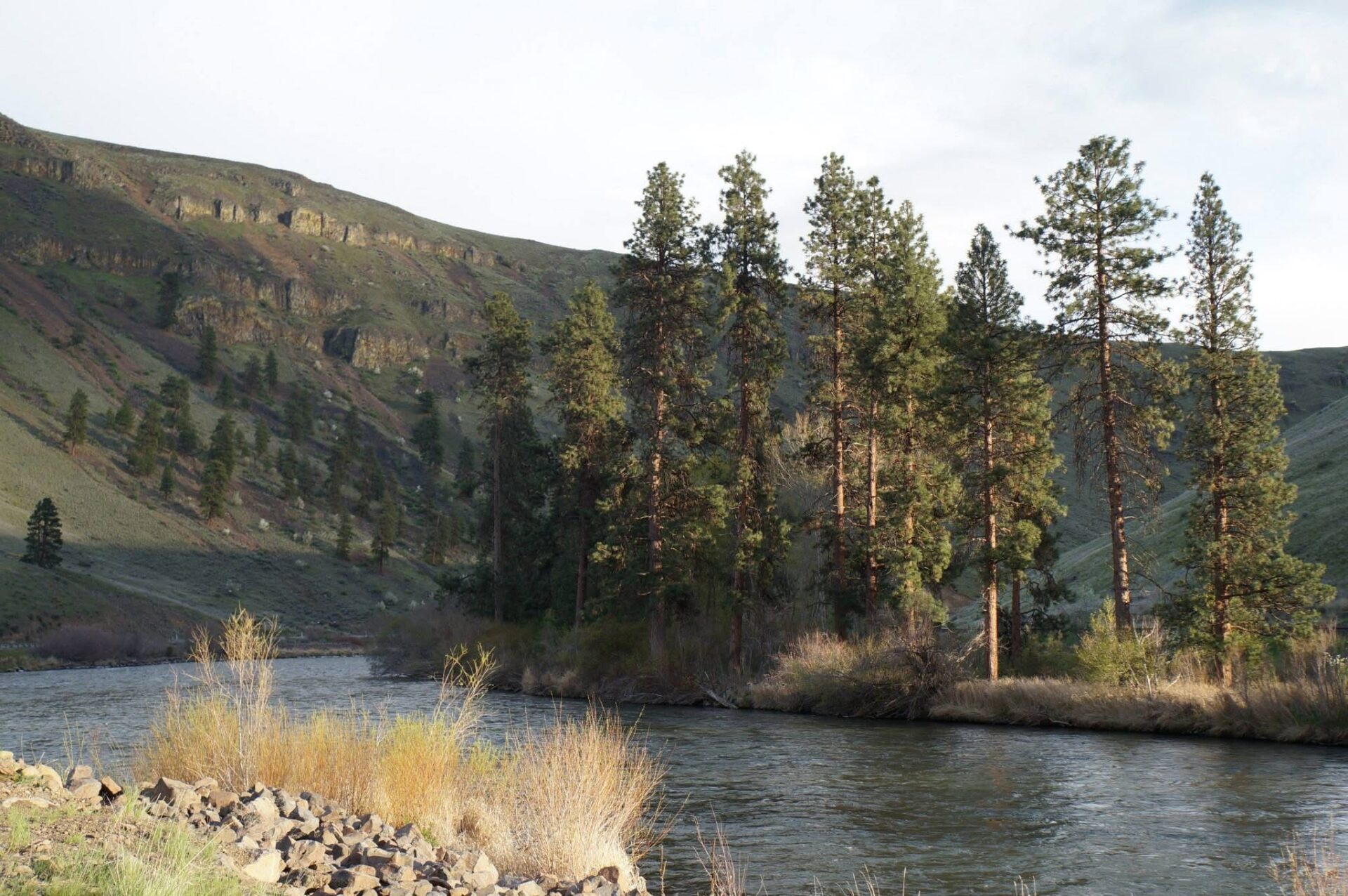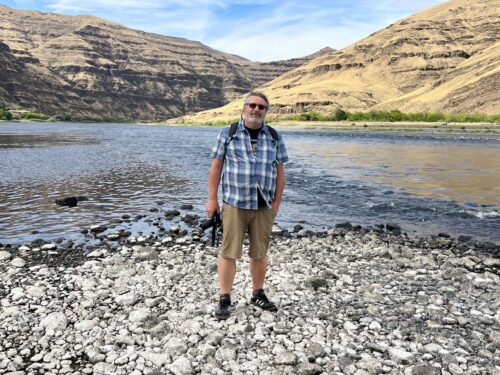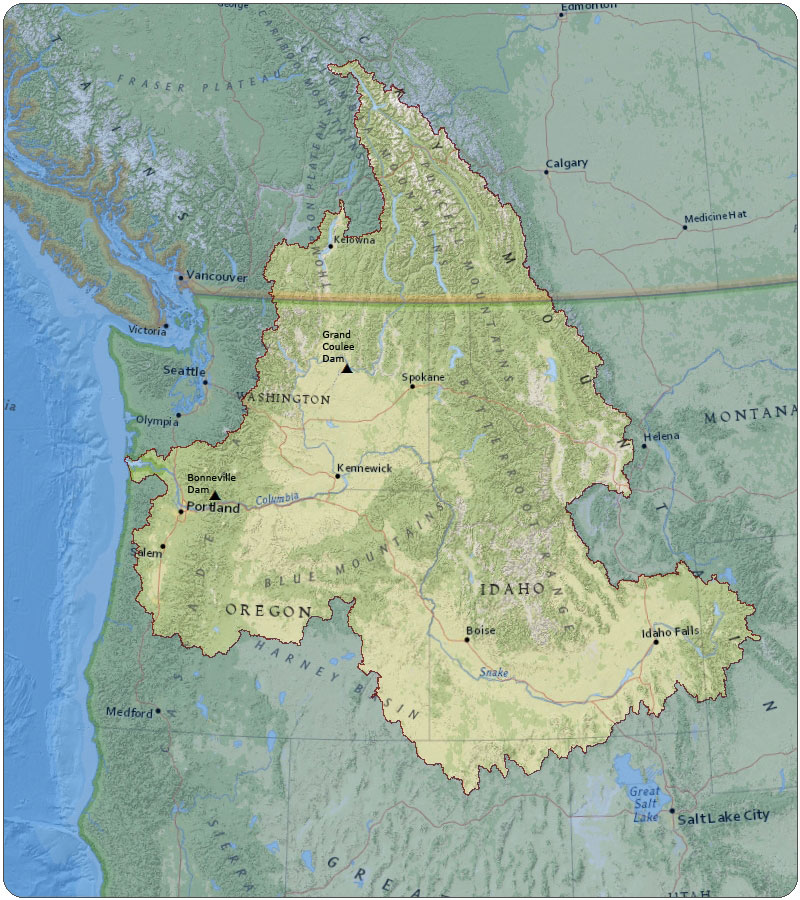Cle Elum Reservoir, Upper Yakima Basin, October 2025 - Photo: Chris Wilke/CELP By Stephanie Hartsig,…

Estella Leopold, PhD 1927-2024
CELP Honorary Board Member, Seattle resident, and the youngest daughter of environmental pioneer Aldo Leopold died February 25, 2024, at the age of 97.
Estella Bergere Leopold, paleoecologist and conservationist, passed away late on February 25th, 2024, at the age of 97. Estella combined a distinguished scientific career with a lifelong commitment to the land ethic philosophy of her father, renowned ecologist, and writer Aldo Leopold. Her work led her to leadership roles in the establishment of Florissant Fossil Beds and Mount St. Helens national monuments. Elected in 1974 to the National Academy of Sciences, she was honored in 2010 in Osaka, Japan, with the International Cosmos Prize.
Born January 8, 1927, in Madison, Wisconsin, Estella was the youngest of Estella and Aldo Leopold’s five children. She was only eight when her father bought the derelict farm along the Wisconsin River with its chicken coop shack that he would immortalize in A Sand County Almanac (1949).
When her father asked her one day what she wanted to be when she grew up, she thought a while before replying, “a bugologist.” Asked why, she said, “Because everything else is taken.” Her oldest brother, Starker, was a wildlife ecologist; Luna was an engineer and geologist who became a noted hydrologist; Nina studied geography; and Carl became a plant physiologist.
After earning her undergraduate degree at University of Madison – Wisconsin, and a master’s at U.C. Berkeley, she earned her doctorate in botany from Yale in 1955 where she studied with noted ecologists Paul B. Sears, G. Evelyn Hutchinson, and Edward S. Deevey.
Leopold then spent two decades at the U.S.Geological Survey in Denver, studying pollen from around the world to reconstruct changing plant assemblages in response to mountain building, volcanism, and climate change over the past 65 million years. Her research on coral atolls helped confirm Charles Darwin’s hypothesis on how the vegetation evolved.
While in Colorado, Leopold came to appreciate the incredible fossils preserved some 34 million years ago in the Florissant Valley, southwest of Denver, and began leading field trips in the1960s with ecologist Bettie Willard of Boulder to show people the area. To save the fossil beds, Leopold and her colleagues in 1969 formed Defenders of Florissant, and with the services of charismatic New York attorney Victor Yannacone and future Colorado Governor Richard Lamm, who won one of the nation’s first explicitly environmental lawsuits, they sought a restraining order in federal court, ultimately leading to the establishment of the Florissant Fossil Beds National Monument.
When she was elected in 1974 at age 48 to the National Academy of Sciences, she joined her brothers Starker and Luna there, still the only time in the history of the academy that three siblings have achieved that signal honor. Then in 1976, she became director of the Quaternary Research Center (QRC) at the University of Washington, in Seattle, shifting part of her research agenda to the past two million years (the Quaternary) and to the Puget lowlands and China. Through her research, she helped document what is now known as the Seattle fault zone running through the city.
When Mount St. Helens, on the Gifford Pinchot National Forest in Washington, erupted in 1980, Leopold and her colleagues made a case for a national monument to study the processes by which an ecosystem responds to traumatic disturbance. As a result, the 110,000-acre Mount St. Helens National Volcanic Monument was established in 1982.
Later, in 1982, Estella joined with her siblings to establish the Aldo Leopold Foundation and was particularly devoted to its development and effectiveness, serving for numerous years as president and board chair and contributing a portion of her Cosmos award to build the Aldo Leopold Legacy Center and extend the foundation’s reach.
In her 80s, she began writing for a more general audience. In her first book, Saved in Time (2012), she told the geologic and biologic history of the Florissant Valley and the story of advocacy that ultimately protected it. Her 2016 book Stories from the Leopold Shack provides insights into the backstories of some of the essays in her father’s A Sand County Almanac as she recounts the family enterprise restoring the land at their now-iconic Shack on the Wisconsin River.
Wanting to share the family’s unique heritage with her nieces, nephews, cousins—grands and great grands—and having come to a greater appreciation of the centrality of her mother’s role in the family, Estella turned to a book about her mother, Aldo’s Wife, Estella Bergere; My Remarkable Mother.
Many family and friends were able to gather with Estella last January to celebrate both the release of her latest book and her 96th birthday. As a result of this recent celebration, no gathering is planned at this time, but those wishing to honor Estella’s life-long commitment to science and conservation are encouraged to donate to the Aldo Leopold Foundation, the organization she founded with her four siblings to advance her father’s land ethic or the Estella Leopold Endowed Professor & Curator of Paleobotany, established at the University of Washington’s Burke Museum by Estella and her brother Luna to encourage interdisciplinary studies in the biological and geological sciences.
(obituary from the Aldo Leopold Foundation website)



